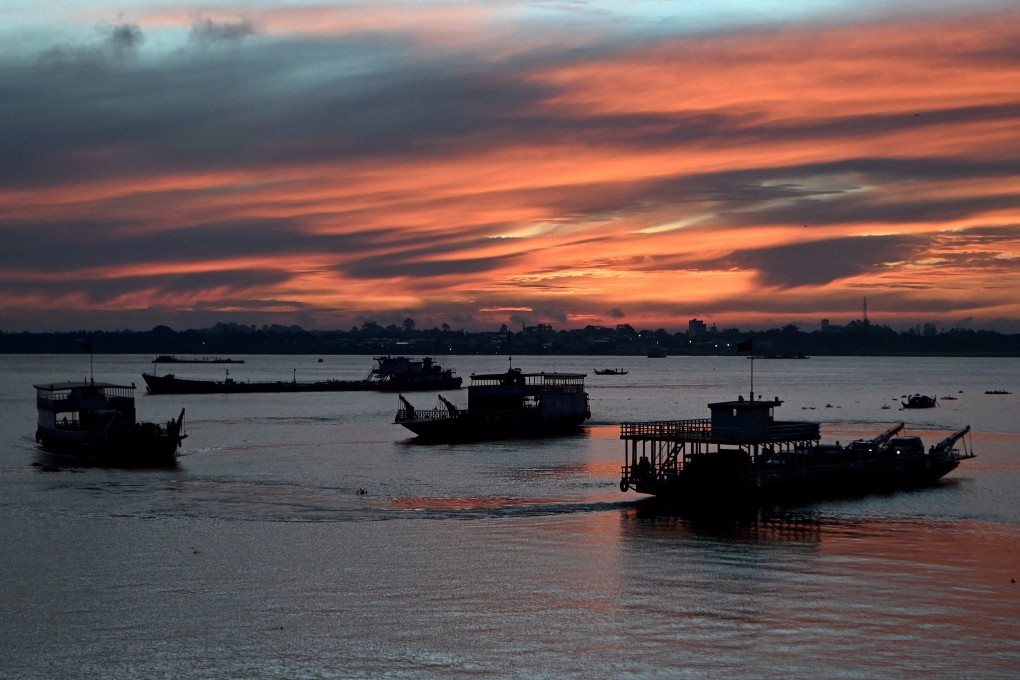Macroscope | How Southeast Asia can foster an inclusive economic recovery
- While the effects of the pandemic are easing, Southeast Asian economies still face rising food and fuel costs, the end of historically low global borrowing rates, and supply chain disruptions
- In a region marked by inequality, governments must ensure a recovery that protects vulnerable groups while being alert about debt sustainability

The increase in manufacturing and service output has led to the creation of jobs and an increase in household income. In its Asian Development Outlook, released earlier this month, the Asian Development Bank raised its growth prediction for Southeast Asia from 4.9 per cent to 5 per cent for 2022.
However, while Covid-19’s impact on Southeast Asia has reduced, the region’s economies continue to confront headwinds from rising fuel and food costs, the end of historically low global borrowing rates and ongoing supply chain disruptions.
Smaller economies are more severely hit by inflation and supply interruptions, so it is important to pay special attention to the variations in the recovery process between countries.
Analysis of inflation data for the 10 Asean nations reveals that Laos and Myanmar have the highest inflation rates relative to the rest of the world. For example, Laos’ inflation rate in June was 23.6 per cent. Cambodia has not provided inflation data since April, but the problem is likely severe. In Thailand, Singapore and the Philippines, the inflation rate ranges from 6.1 per cent to 7.7 per cent. Only Indonesia, Malaysia and Vietnam have relatively low inflation rates of 3.4 per cent to 4.3 per cent.
